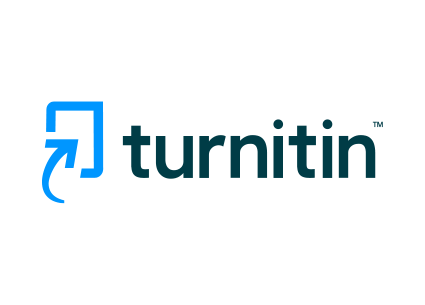Reduction of Phosphate Levels in Laundry Wastewater Using Eichhornia crassipes as a Phytoremediation Agent
DOI:
https://doi.org/10.35718/specta.v9i1.1213Keywords:
Aeration, Water hyacinth, Phytoremediation, PhosphateAbstract
Wastewater from laundry is produced by detergents containing main ingredients that are not easily decomposed naturally, such as Sodium Dodecyl Benzene Sulfonate and Sodium Tripolyphosphate. Water hyacinth (Eichhornia crassipes) functions as a phytoremediator that can absorb organic and inorganic substances. This study aims to assess the efficiency of reducing phosphate concentration in waste and to analyze the effect of water hyacinth mass and the addition of aeration on reducing phosphate concentration in laundry liquid waste. Wastewater samples were taken from Laundry X in Gunung Sari Ulu Village, Central Balikpapan, with a phosphate content of 0.63 mg/L/day. This study used variations in the mass of water hyacinth of 200 grams, 300 grams, and 500 grams with 15 liters of wastewater. The results of the phytoremediation study using water hyacinth plants with a mass of 200 grams, 300 grams, and 500 grams, as well as the addition of aeration, can reduce phosphate concentrations by 33.59%, 27.67%, and 30.67% on the 3rd day. The variation in the mass of water hyacinth and the addition of aeration showed a significance value > α (0.05); 0.665 for the mass variation test, and 0.058 for the addition of aeration test. Variations in the mass of water hyacinth plants and the addition of aeration did not significantly affect the removal of phosphate levels in laundry liquid waste
Downloads
Published
How to Cite
Issue
Section
License
Copyright (c) 2025 Basransyah Basransyah, Rahmi Yorika, Agnes Beelyada Diwirya

This work is licensed under a Creative Commons Attribution-NoDerivatives 4.0 International License.
Authors retain copyright and grant the journal right of first publication with the work simultaneously licensed under a Attribution-NoDerivs 4.0 Generic(CC BY-ND 4.0) that allows others to share the work with an acknowledgement of the work's authorship and initial publication in this journal.




















